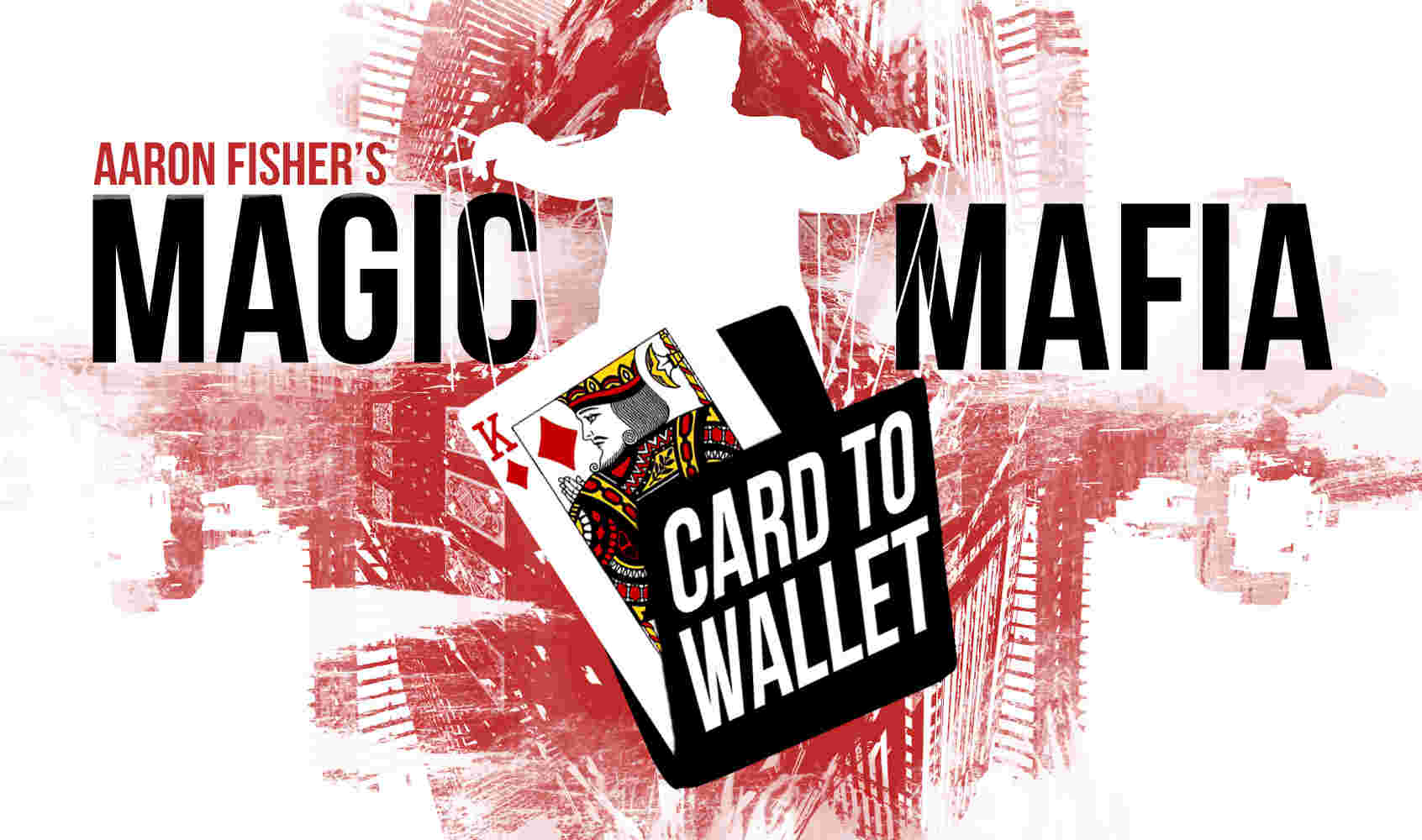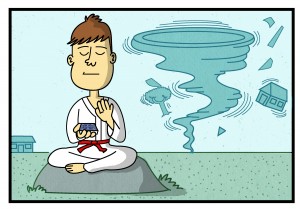Card To Wallet Trick: New Video
Several months ago I developed what i believe to get the ultimate signed Card to Wallet Trick. Called Magic Mafia, if combines one of Vernon’s strongest effects, The Challenge, with Tony Miller’s new Speedloader Plus fast loading card to wallet to achieve the best results I’ve ever seen with a hip pocket card to wallet trick.
If you haven’t seen Magic Mafia, you’ll probably want to before you see my latest creation. For the last several weeks, Ive been performing the effect you’re about to see at every opportunity. It’s so strong, and the hook is so amazingly commercial, you’ll just have to try if for yourself. Check out the Card to Wallet Trick Now.
I’m adding a full tutorial for this effect to the Magic Mafia product – so if you get a copy of the Magic Mafia – you’ll receive this incredibly commercial trick as a free download. If you already purchased Magic Mafia – just send me an email!
Watch this new effect and then see Magic Mafia now – it just get’s better and better.

